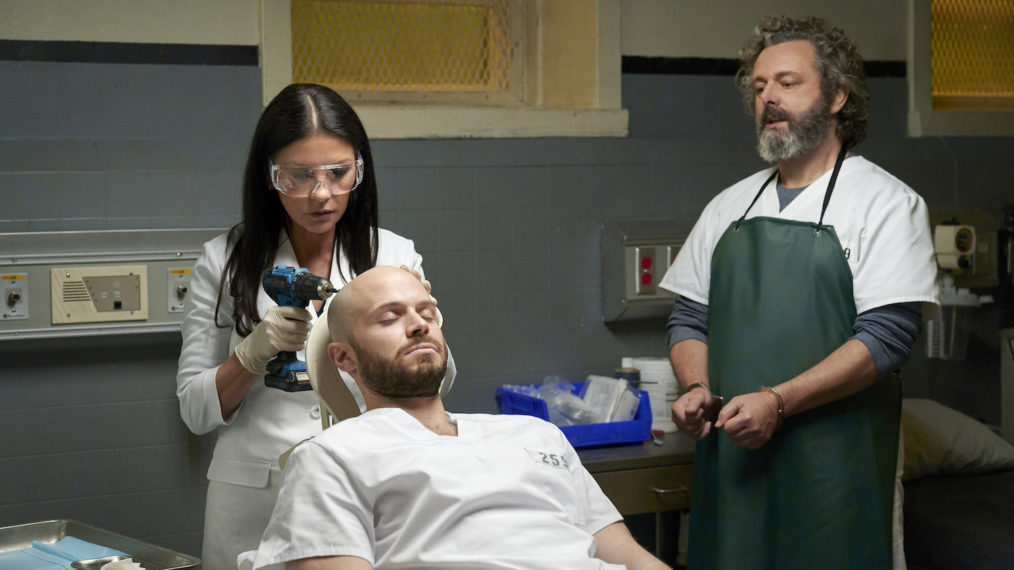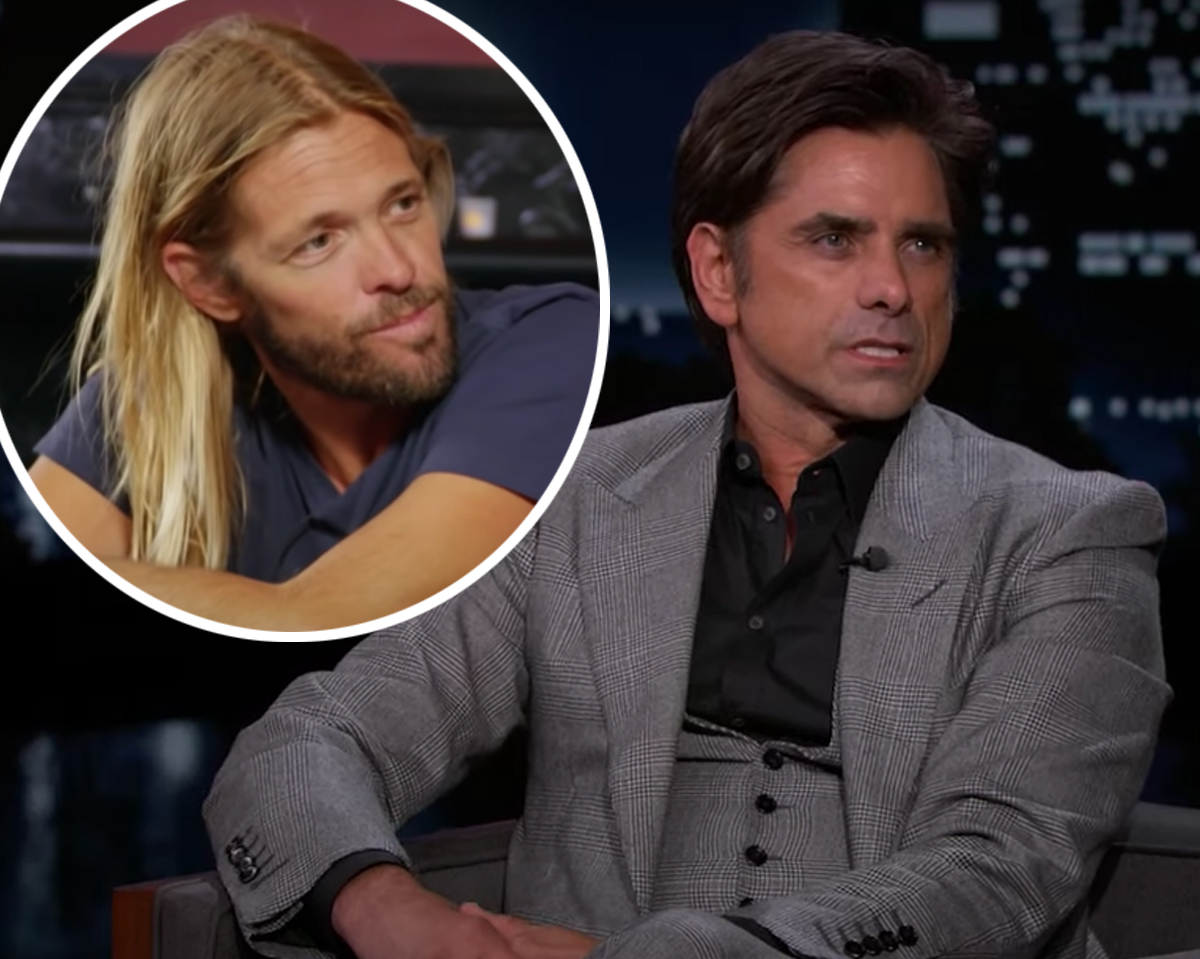#‘Invisible Beauty’ Review: A Trailblazing Model Combats Industry Racism in Thoughtful Doc Self-Portrait

Table of Contents
‘Invisible Beauty’ Review: A Trailblazing Model Combats Industry Racism in Thoughtful Doc Self-Portrait
In November 1973, the fashion world gathered at the Palace of Versailles, an emblem of French opulence, for a fundraiser turned unforgettable event. The Battle of Versailles was a runway show that pitted French designers against American ones, a David and Goliath situation between couture royalty and new-world entrants. What the Americans lacked in theatrics and set design, however, they made up for in personality. Out of the 36 models America invited to walk, 10 of them were Black — an unprecedented number for the industry (then and, quite truthfully, now). Among them was Bethann Hardison, who speaks of the experience in Invisible Beauty, a documentary she co-directed with Frédéric Tcheng (Dior and I).
“I knew that these people thought that we were less,” Hardison said of the French spectators in attendance. “The more I walk, the harder and stronger and more intense I become with an attitude.” Her walk was purposeful, vigorous and defiant. “I let them know we are here,” the model added in her testimony. The audience loved it. At the end of her moment, they threw up their programs and broke into a thunderous applause. Hardison knew then that the Americans had won the battle abroad, and it inspired her to apply a similar energy to changing the industry at home.
Invisible Beauty
The Bottom Line
A sturdy paean to a pioneering model.
Invisible Beauty is an appreciative self-portrait of the fashion world maverick, a reflective story of how one woman worked to move her industry’s stubborn needle of progress. With Hardison as co-director, the film takes on the tone and structure of a memoir instead of a standard biopic. A recorded conversation between Tcheng and Hardison plays early in the project, establishing its collaborative structure. In a world where the work of Black women is too easily buried (during life and thereafter), it makes sense that Hardison, a woman whose fingerprints have touched every part of this rigid industry, would want to enshrine her legacy.
The duo volley ideas for different ways to start the documentary. Should they begin with Hardison writing her memoir, portraying the challenges of self-reflection? Or plunge into the thick of her career, chronicling her various advocacy efforts? They decide on a straightforward chronology, taking the film to Hardison’s youth in Bedford Stuyvesant, Brooklyn.
Hardison, who was born in 1942, is sanguine about her early years. She attended a mostly white school in New York and spent summers with relatives in Jim Crow North Carolina. An awareness of the differences between these two locales sprouted early. At school, she participated in several extracurriculars, from cheerleading to track. Peers accused her of acting white. Hardison was unperturbed: “If you’re going to the circus, you better get on the ride,” she said of being one of the few Black people in a white space.
That sentiment undergirds Hardison’s approach to the rest of her life. Even when reflecting on her relationship to her parents, who divorced when she was a kid, Hardison maintains an unobtrusive optimism. Her charisma and pragmatic approach to obstacles made her a natural leader and problem solver once she entered the fashion industry.
Hardison fell into modeling, but once inside the world, she dominated. Invisible Beauty chronicles her achievements on the runway through interviews with Hardison, fashion critic Robin Givhan, industry stalwarts and friends and mentees like Naomi Campbell, Iman and Tyson Beckford. What emerges from these warm anecdotes, glittering testimonies and fond memories is an image of a woman committed to nurturing community within a relatively hostile context. Campbell — moved to tears at one point — repeatedly refers to Hardison as a second mother; Beckford agrees, recalling how Hardison would convene meetings with younger models to help them form real and lasting relationships.
The Battle of Versailles was a turning point in Hardison’s career — a moment, as described by friends and colleagues, that seemed to give the model a renewed sense of purpose. She returned to the United States and soon after started her own agency. She focused on changing the industry from the inside, recruiting models from marginalized backgrounds and helping them land gigs. In 1988, she founded the Black Girls Coalition to support Black models, and in the early aughts she organized town halls to foster conversation and urge industry leaders to confront their discriminatory practices. General audiences and insiders alike will appreciate the details and candor of Invisible Beauty, which doesn’t sugarcoat its characterization of the fashion world as extractive and trend-obsessed.
Hardison and Tcheng anticipate that some viewers might be repelled by Hardison’s integrationist political strategy (the idea of teaching white executives to empathize and tolerate), so they also include a section that shows the maverick engaging with a younger generation of models and designers. It’s a fulfilling coda, and demonstrative of a more impressive characteristic of Hardison’s leadership style. She doesn’t expect the next cadre of industry folks to necessarily agree with her methods — she just wants them to have the courage to lead their battles.
Like The Black Godfather, Reginald Hudlin’s ode to the music executive Clarence Avant, Invisible Beauty is an illuminating and sturdy paean to an influential industry leader. There are lessons learned and questions ultimately left unaddressed. Hardison is more honest than most bio-doc subjects, but the circumvention or vagueness around certain topics — her relationship with the photographer Bruce Weber, who was recently accused of sexual assault, for example, or the efforts to reconnect with her son — leave nagging loose ends. Maybe Hardison, who ends the documentary reviewing pages of her manuscript with an editor, will answer them in her memoir.
If you liked the article, do not forget to share it with your friends. Follow us on Google News too, click on the star and choose us from your favorites.
For forums sites go to Forum.BuradaBiliyorum.Com
If you want to read more Like this articles, you can visit our Social Media category.




